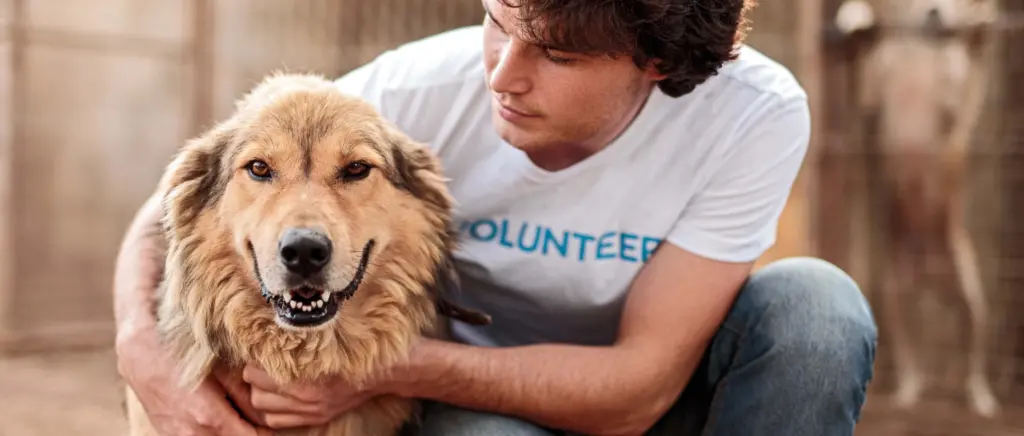Pet Safety Tips During a Storm
1. How to Calm a Dog During a Storm:
- Stay with your dog. If your dog fears thunderstorms, being alone worsens anxiety. If you’re unavailable, arrange a trusted friend or neighbor to stay with them.
- Remain calm. Your emotions affect your dog. Speak soothingly and maintain relaxed body language.
- Offer distractions. Distract your dog with toys, games, treats, calming music, or TV.
- Provide a safe space. Dogs often feel secure in enclosed areas. Use a crate or a closed-off bathroom/closet.
- Counter noise. If storms are loud, use fans, white noise machines, or low-volume thunderstorm sound recordings.
- Use calming remedies. Options like Thundershirts, calming collars, pheromone diffusers, and vet-prescribed medications can help.
- Practice desensitization. Gradually expose your dog to storm sounds, rewarding calm behavior.
- Seek professional help. Consult a certified animal behaviorist for severe cases.
2. Why Dogs Fear Thunder:
- Loud noises. Dogs’ superior hearing amplifies thunder’s impact.
- Unfamiliar sounds. Thunder’s rarity confuses and frightens dogs.
- Air pressure changes. Storm-related air pressure shifts unsettle dogs.
- Lightning. Dogs associate lightning with loud noises and fear being struck.
- Past experiences. Negative past encounters with thunder amplify fear.
3. Senses Helping Dogs Detect Storms:
- Hearing: Dogs hear distant thunder, which startles them.
- Smell: Dogs detect pre-storm air changes through heightened smell.
- Barometric pressure: Dogs sense shifts preceding storms.
- Static electricity: Dogs feel uncomfortable storm-induced static electricity.
Experts suggest dogs might intuitively sense storms, but no evidence supports this.
Signs of Storm Anxiety in Dogs:
- Pacing, whining.
- Seeking safe spots, hiding.
- Shaking, panting.
- Vomiting, diarrhea.
- Excessive barking, whining.
Remember, each dog is unique. Patience, understanding, and support are key in helping dogs cope with thunderstorm anxiety.

